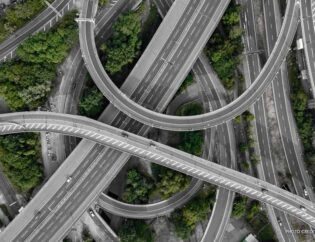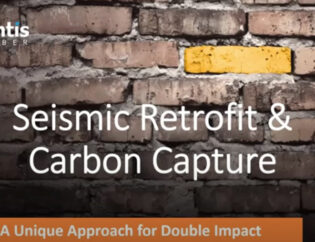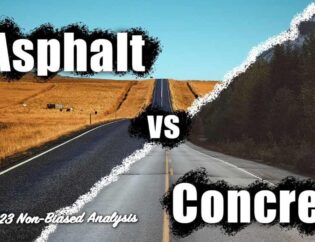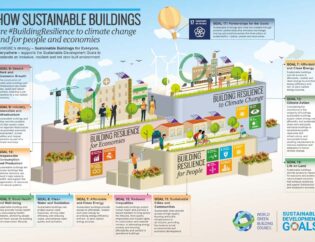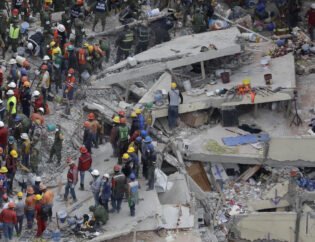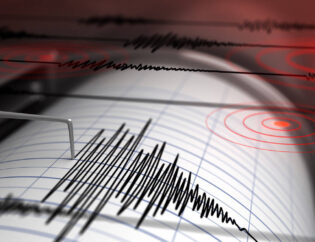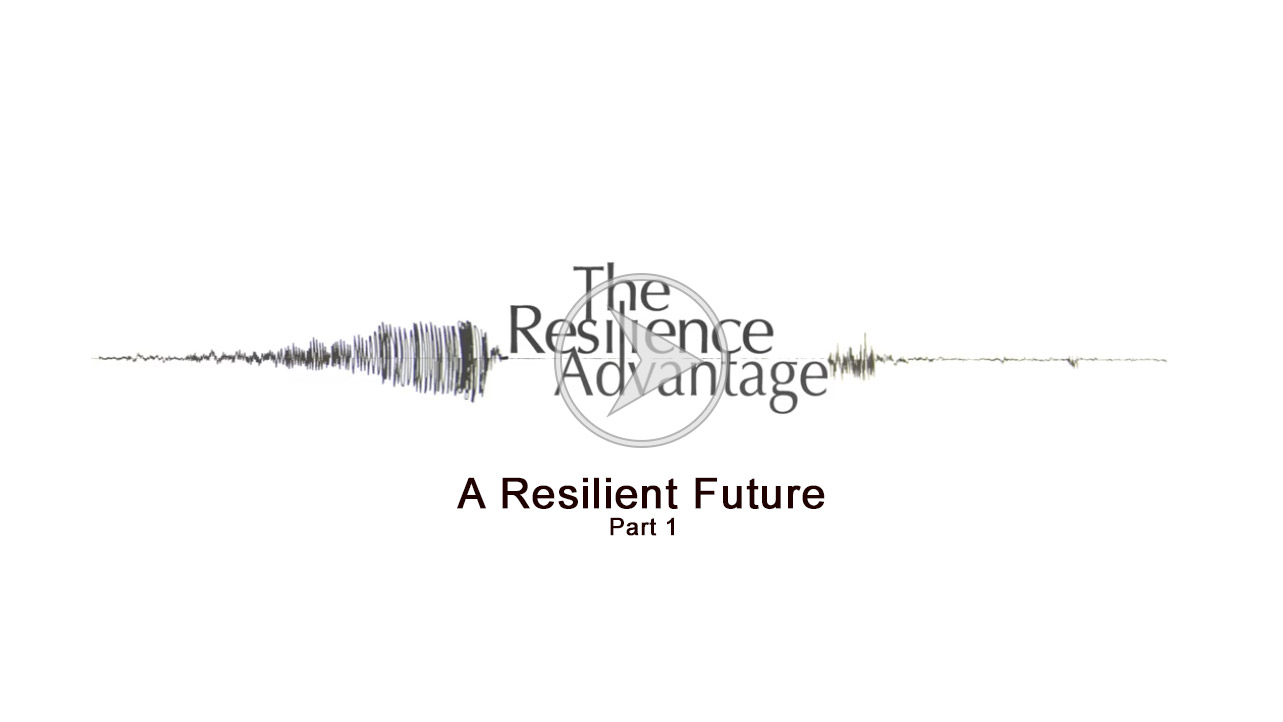
Retrofit and earthquake resilience is the key to managing seismic retrofit strategies. The strategies that have been developed in the past few decades following the introduction of new seismic provisions and the availability of advanced materials (e.g. fiber-reinforced polymers (FRP), fiber reinforced concrete and high strength steel) are getting a new industry nod in 2021.
 What is seismic retrofitting?
What is seismic retrofitting?
“Seismic retrofitting is the modification of existing structures to make them more resistant to seismic activity, ground motion, or soil failure due to earthquakes. With a better understanding of seismic demand on structures and with our recent experiences with large earthquakes near urban centers, the need for seismic retrofitting is well acknowledged. Prior to the introduction of modern seismic codes in the late 1960s for developed countries (the US, Japan etc.) and the late 1970s for many other parts of the world (Turkey, China etc.), many structures were designed without adequate detailing and reinforcement for seismic protection. The retrofit techniques outlined here are also applicable to other natural hazards such as tropical cyclones, tornadoes, and severe winds from thunderstorms. Whilst current practice of seismic retrofitting is predominantly concerned with structural improvements to reduce the seismic hazard of using the structures, it is similarly essential to reduce the hazards and losses from non-structural elements. It is also important to keep in mind that there is no such thing as an earthquake-proof structure, although seismic performance can be greatly enhanced through proper initial design or subsequent modifications.” ~ Wiki on Seismic Retrofitting
Video Presented by Evan Reis
Evan specializes in building and portfolio risk modeling and management; Structural engineering, analysis and design, healthcare capital planning. Evan co-founded the non-profit US Resiliency Council in 2011 to promote the design of buildings resilient to natural perils such as earthquakes and hurricanes. The USRC’s mission is to improve resiliency nationwide, thereby making our communities safer and more robust. Visit them at www.usrc.org.
This Earthquake Retrofit Message is Sponsored
The video below is sponsored by Optimum Seismic, Inc., Southern California’s leading retrofit company for earthquake retrofit engineering and construction, specializing in multifamily and commercial buildings. Since 1984, the team at Optimum Seismic has completed more than 3,500 retrofits on a variety of buildings throughout the state of California, including structural infrastructure such as highway bridges. For information, call (833) 987-7664 or visit www.optimumseismic.com
AtlantisFiber introduced SeismicFiber™ into the earthquake retrofit market in early 2020, but the worldwide pandemic has prevented us from being able to complete our full offering of SeismicFiber™as a concrete mixture. We are ever so close and are looking for appropriate projects to include in our commercial prospectus for 2021/2022. If this is of interest to you, let’s have a conversation.

